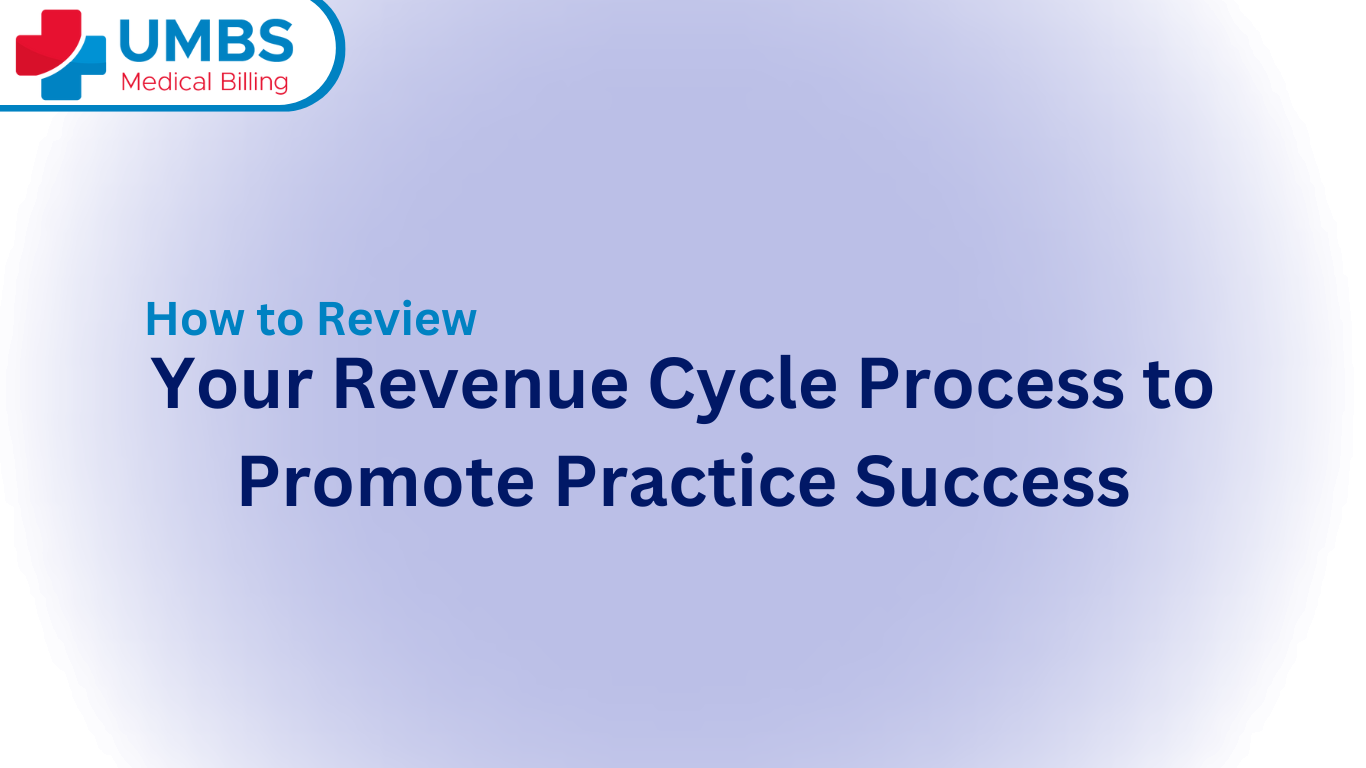Keeping the right paperwork is very important. It helps providers get paid correctly and stay ready for audits or legal checks. One of the key documents is the EOB, which stands for Explanation of Benefits. Many providers often ask, “How long should I keep EOB statements?”
This easy guide will explain what EOBs are, why they matter, and how long you should keep them.
What Is an EOB Statement and Why It Matters
An Explanation of Benefits (EOB) is a document sent by insurance companies to both patients and healthcare providers after a claim is processed. Although it is not a bill, it contains vital information such as:
- Services rendered
- Amounts billed
- Amounts covered by the insurer
- What the patient is responsible for
- Reasons for claim denials or adjustments
These statements act as a financial and legal trail of a provider’s interaction with payers. For practices, EOBs are essential for:
- Reconciling patient accounts
- Filing appeals or resubmissions
- Defending against audits
- Verifying payments
- Addressing claim rejections
Keeping them for an appropriate length of time protects the practice and ensures smooth revenue cycle management.
General Guidelines for EOB Retention
There isn’t one universal law that governs how long providers should keep EOBs. Instead, providers must follow federal laws, state-specific regulations, and best practice recommendations from the healthcare industry.
🏛️ Federal Guidelines
- HIPAA (Health Insurance Portability and Accountability Act): Requires covered entities to retain documentation for at least 6 years from the date of creation or last effective date.
- Medicare/Medicaid Providers: CMS mandates that providers retain billing records (including EOBs) for at least 5 years, or longer if required by state law.
🏛️ State Laws
Different states impose different timelines. Some examples include:
| State | Required Retention Period |
|---|---|
| California | 7 years |
| Florida | 5 years |
| New York | 6 years |
| Texas | 6 years |
| Illinois | 10 years |
Always check your state’s specific laws, as these override general federal guidance when stricter.
Recommended Retention Periods by Organization Type
| Provider Type | Recommended EOB Retention |
|---|---|
| Private Medical Practices | 7 years |
| Hospitals | 10 years |
| Dental Practices | 6–10 years (varies by state) |
| Behavioral Health | 7 years |
Even if a law requires less, many organizations opt to retain EOBs longer as a safeguard, especially when dealing with payer audits, malpractice claims, or IRS investigations.
Paper vs. Digital EOB Storage: What to Consider
In the past, EOBs arrived in the mail and were stored in filing cabinets. Today, electronic EOBs (eEOBs) are the norm. Most billing platforms and clearinghouses offer digital copies that are easier to manage.
✅ Benefits of Digital Storage
- Easier to search and retrieve
- Requires less physical space
- Enables off-site backup and disaster recovery
- Reduces cost of printing and physical filing
🔒 Security & Compliance
Whether storing EOBs in physical or electronic format, ensure compliance with:
- HIPAA privacy and security standards
- Encrypted backups for eEOBs
- Limited access to authorized staff only
When Can EOBs Be Safely Disposed Of?
Once the retention period ends, and the following conditions are met, EOBs can be safely destroyed:
- No pending claim appeals
- No active audits or legal actions
- All transactions have been fully reconciled
Proper disposal methods:
- Paper records: Cross-shred or incinerate
- Digital records: Use secure deletion tools and remove all backups
Common Mistakes Providers Make with EOB Retention
- Keeping documents too long or not long enough
Holding onto documents longer than necessary wastes space; disposing of them too early may expose your practice to compliance issues. - Storing EOBs in unsecure systems
Leaving digital EOBs unencrypted or stored in shared drives can lead to data breaches and HIPAA violations. - Not training staff properly
Staff unaware of retention policies may misfile, lose, or dispose of records incorrectly.
Best Practices for EOB Management
- Use a reliable billing software that offers eEOB integration
- Create a clear retention policy based on federal, state, and payer guidelines
- Set up automatic reminders for retention and disposal dates
- Schedule regular audits of stored documents
- Educate your billing team on regulatory requirements and documentation policies
Why Work with a Medical Billing Service for EOB Management?
A trusted medical billing partner can help ensure:
- Proper document retention and classification
- Real-time tracking of reimbursements
- Compliance with CMS, HIPAA, and state rules
- Reduced admin burden on your in-house team
Billing services like DocVaz specialize in managing the entire revenue cycle, including secure EOB storage and audit readiness.
Conclusion
Keeping Explanation of Benefits (EOB) statements for the right amount of time is more than just a routine—it’s a vital part of running a compliant and financially secure medical practice. By understanding federal, state, and payer-specific rules, providers can avoid audits, claim issues, and legal pitfalls.
Whether you’re a solo practitioner or running a multi-specialty clinic, following best practices in EOB retention—and working with a trusted billing partner like DocVaz—can streamline your operations and give you peace of mind.






